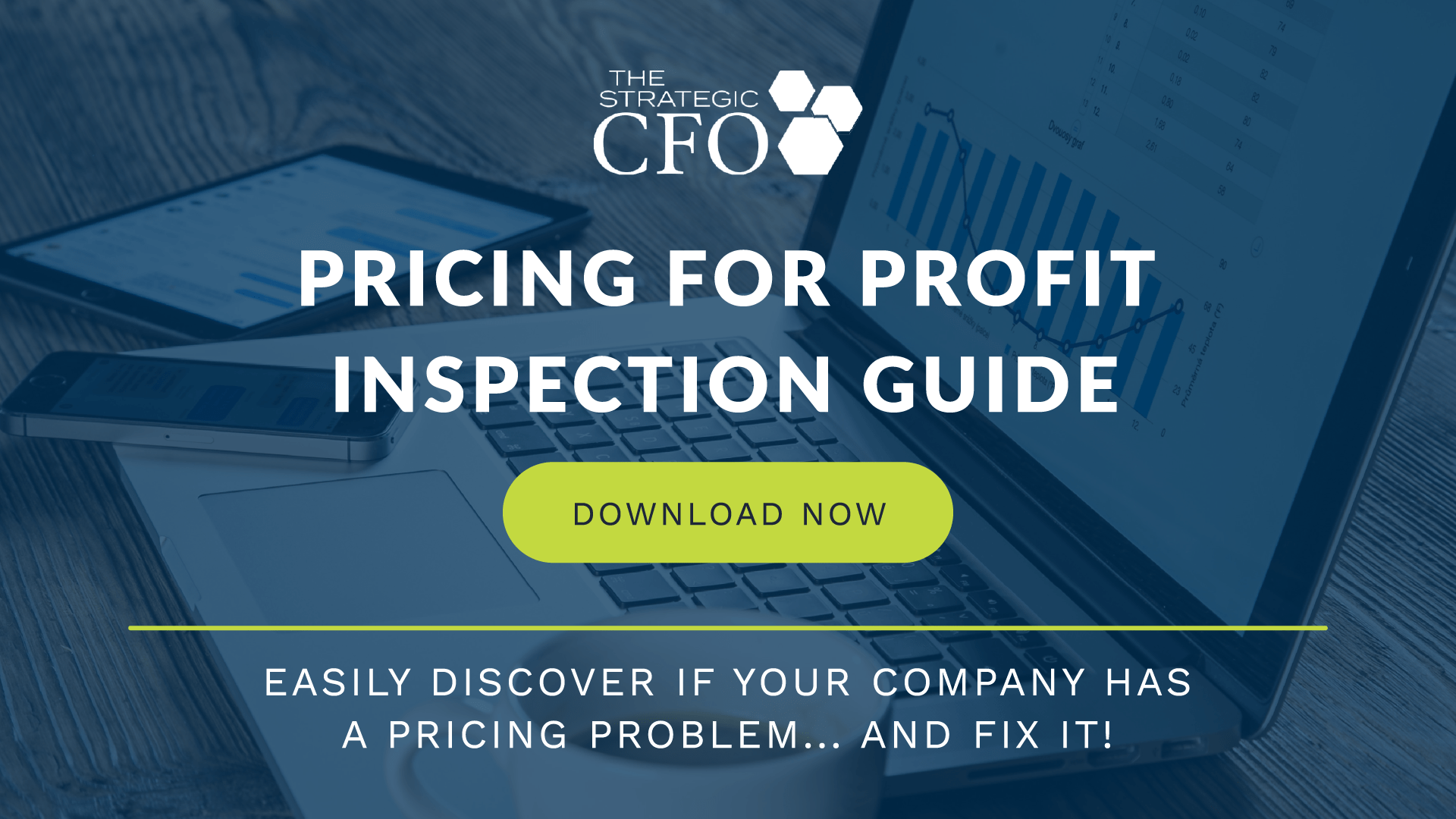See Also:
Intrinsic Value- Stock Options
Common Stock Definition
Preferred Stocks
Dispersion
Risk Premium
Binomial Options Pricing Model
The binomial options pricing model is a tool for valuing stock options. Starting with certain given values, and making certain assumptions, the model uses a binomial distribution to calculate the price of an option. The binomial method is considered as accurate, if not more accurate than the Black Scholes method of valuing options.
Calculating the value of an option using the binomial method requires certain givens and certain assumption. Start with the current price of the stock and the strike price of the option. You must also know the expiration date of the stock option. The necessary assumptions required for this method of options valuation include two possible stock prices for the end of the period as well as the probability for each of the two stock prices at the end of the period. You must also have an appropriate interest rate or borrowing cost to calculate the price of an option using the binomial method.
Once all of these pieces of information are in place, using the binomial options pricing model, you can compute the value of an option for a single period, or for a multi-period span of time. For example, you can compute the value of an option that expires in one year based on two assumed stock prices at the end of the year. Or, to get a more accurate option valuation, you can split the year into finer segments of time and calculate values for the option based on smaller intervals of time and narrower ranges of stock price outcomes.
[button link=”https://strategiccfo.com/pricing-for-profit-inspection-guide?utm_source=wiki&utm_medium=button%20cta” bg_color=”#eb6500″]Download The Pricing for Profit Inspection Guide[/button]
Example of the Binomial Options Pricing Model – One Period
Here is a simple example of the binomial options pricing model for a single period. Let’s say the current stock price is $100. The strike price of the option is also $100. The option expires in one year. At the end of the year, the stock price will either rise to $130 or fall to $80. We assume there is a 60% chance it will rise to $130 and a 40% chance it will fall to $80. The interest rate is 10%.
If the stock rises to $130, then the value of the option will be $30. This is because option value equals stock price minus strike price. There is a 60% chance the option will be worth $30 at the end of the year. If the stock falls to $80, then the value of the option will be $0. This is because option value cannot be negative. They are either positive, or they are zero. There is a 40% chance the option will be worth nothing at the end of the year. Using this data, let’s compute the value of the stock using the appropriate formula.
Option Value = (Chance of Rising x Up Value) x (Chance of Falling x Down Value) 1 + Interest Rate $16.36 = (.60 x $30) x (.40 x $0) 1.10
Download the free Pricing for Profit Inspection Guide to learn how to price profitably.

[box]Strategic CFO Lab Member Extra
Access your Strategic Pricing Model Execution Plan in SCFO Lab. The step-by-step plan to set your prices to maximize profits.
Click here to access your Execution Plan. Not a Lab Member?
Click here to learn more about SCFO Labs[/box]






















